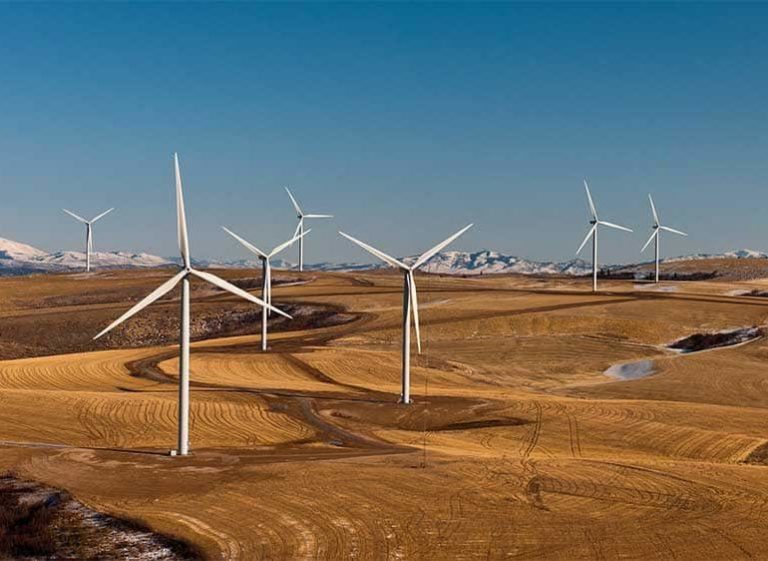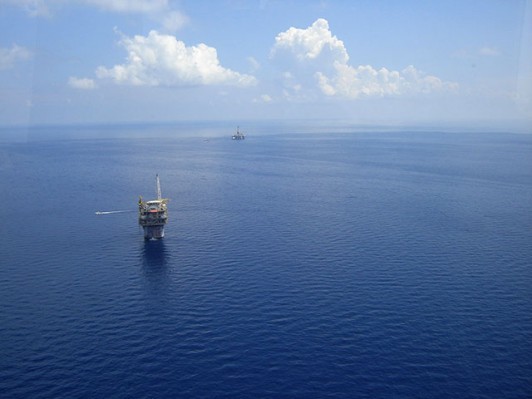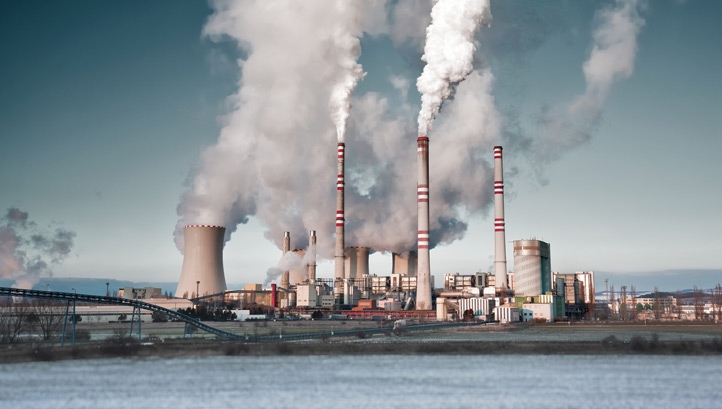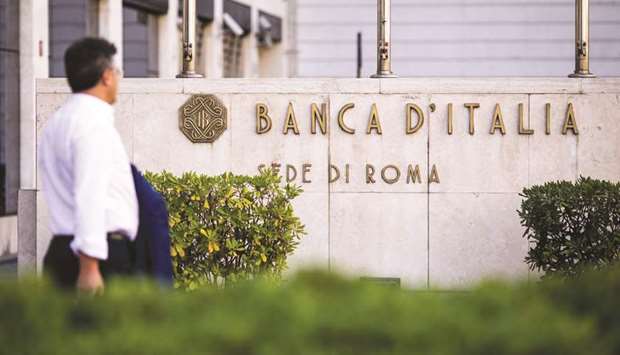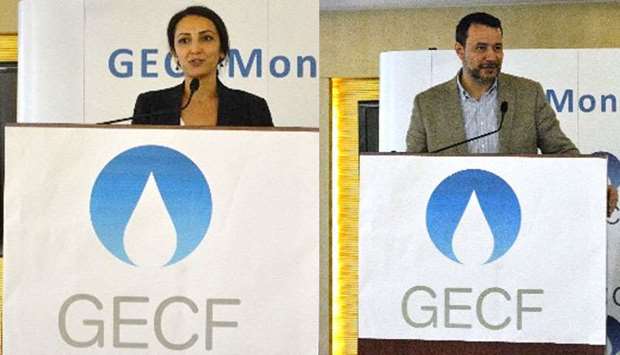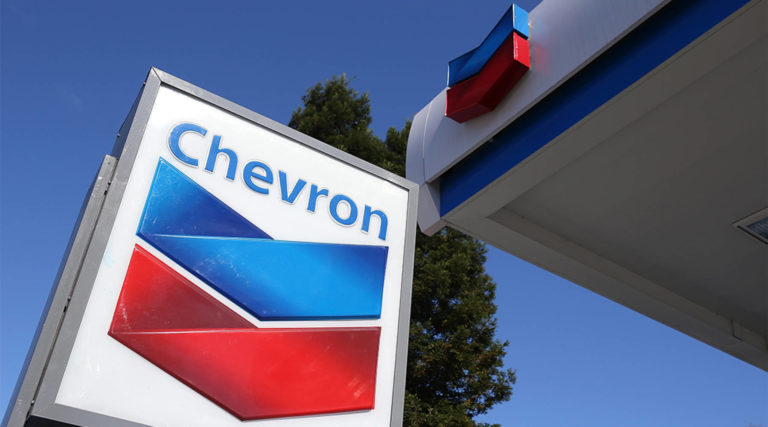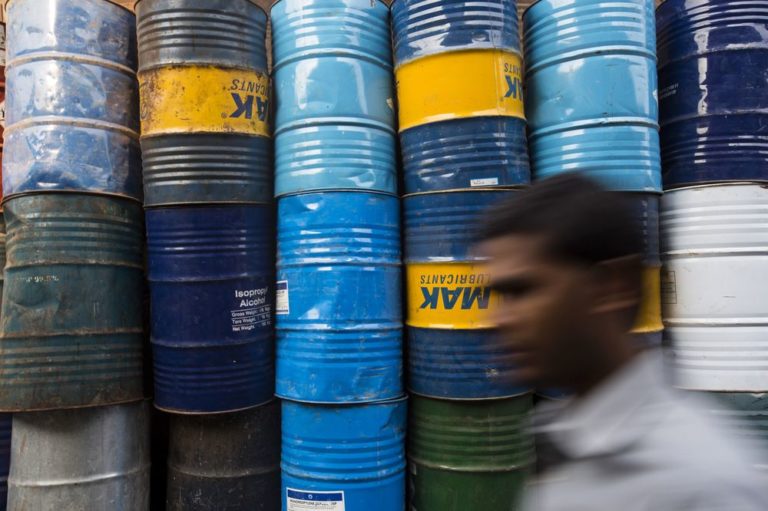اليونان ولبنان… والإفلاس!

بدا كلام رئيس الحكومة اللبناني سعد الحريري عن تشبيه أزمة لبنان باليونان، وكأنه بمثابة الإنذار الأخير قبل السقوط. كثر تلقفوا التحذير وباشروا البحث عن عدّة الإنقاذ، فيما بقي آخرون على مشاعر “قلة الثقة” بالأداء السياسي وبقدرته على إخراج البلاد من محنتها، فنشطوا مع مجموعة طارئة على الملف الإقتصادي، في بثّ أخبار وشائعات وتحليلات لا يمكن وصفها إلا بالـ”مضللة”.
من المستفيد من إفلاس لبنان؟
لا يعقل أن يفكّر المقيمون لحظة بأنهم قد ينتمون إلى هذه الخانة. فهم مًن سيتحمّل كلفة السقوط أو أقله ثقل التقشف الآتي في موازنة 2019، إن أُنجزت متى حُلّت الخلافات السياسية التي فجّرها إقرار قانون الكهرباء قبل أسبوعين.
ولا يعقل ان يفكّر المغتربون لحظات بأنهم قد يفيدون من سقوط الوطن الأم الذي لم يقطعوا صلاتهم به يوما، ودأبوا على تغذية ميزان المدفوعات بما يحتاجه من مليارات لتوازن أخلّ فيه عجز الميزان التجاري المزمن…
بقيت شلّة قد ترى أن لها مصالح في السقطة. وهي أما مأجورة وإما ضالعة. وهي ليست حكما من “أهل البلد”، بل هي من فئة “العدو” الذي لم يكلّ عن إطلاق بوق التشاؤم في عزّ النهوض. هذا العدو الذي عاد اليوم إلى بثّ الشائعات على مواقع التواصل، ليبشّر بأن “لبنان على شفا الإفلاس” لأن “الوضع المالي في بلاد الأرز أسوأ من اليونان!”، أو ينذر بقرب تعرضه لحرب إسرائيلية عبر نقل كلام عن لسان الأمين العام لـ”حزب الله” السيد حسن نصرالله (!)، فيما تعدّ وزارة السياحة لإستقبال موسم سياحي واعد مع رفع الحظر الخليجي (السعودي) على زيارة لبنان.
كلام كثير تتناقله وسائل التواصل، فيه الصحّ كما الخطأ، وفيه التضليل كما الإرشاد، وفيه التفاؤل كما التشاؤم، وفيه التهدئة كما التجييش… حتى بدا أن العارفين بتفاصيل الأزمة ودقائق الملفات والأرقام هم أكثر من الحكام وأصحاب الإختصاصات والخبراء. فكيف يلحق المتتبعون “وعظات” فارغة إلا مما تستهدفه بخلفياتها؟ الواعظ مجهول، وكذلك التكهنات التي تتحوّل وقائع دامغة حين توضع في إطار تعبيري فصيح، يفضي إلى إثارة الشكوك والهواجس مجانا…
ثمة دول عانت فعلا من إفلاسها حين تخلّفت عن سداد ديونها. وربما آخرها، كانت اليونان التي عجزت عن تسديد دين خارجي بقيمة 16 مليار دولار عام 2010، وهو جزء من دين عام يقارب الـ350 مليار يورو. طلبت معونة صندوق النقد والإتحاد الأوروبي، ونالت ثلاث جرعات دعم مالية بلغت قيمتها نحو 285 مليار يورو… ولا تزال حتى اليوم تعاني آثار حزمات التقشف التي إنعكست على الحياة الاقتصادية والإجتماعية على السواء.
لكن، هل من تشابه بين لبنان واليونان؟
بالأرقام، بلغ الدين العام اليوناني نحو 355.6 مليار يورو، ونسبة الدين الى الناتج المحلي الإجمالي نحو 165.3%، والتضخم 3.1%، والنمو الحقيقي -6.9% وعجز الموازنة -9.1%. أما في لبنان، فالدين العام لم يتجاوز سقف الـ90 مليار دولار، فيما نسبة الدين إلى الناتج هي بحدود الـ150%، والتضخم 7%، والنمو الحقيقي 1.2% وعجز الموازنة 11.2%.
وفق المنطق الاقتصادي، لا أوجه شبه بين الأزمتين. فاليونان، الدولة العضو في الإتحاد الأوروبي، كانت تهدّد بإفلاسها إستقرار منطقة اليورو. لذا، طُرحت فكرة إخراجها من المنطقة الإقتصادية، إلا أن أوروبا قررت في نهاية المطاف مدّها بالمساعدة مقابل تنفيذ إصلاحات اقتصادية واجراءات تقشف تهدف إلى خفض العجز في الموازنة.
أما لبنان، فلا ينتمي إلا إلى جامعة الدول العربية التي تمثل منطقة تشهد أسوأ أحوالها. فهو لا يهدّد إستقرار أي دولة، ولا يُطرح إخراجه من أي تكتل إقتصادي. صحيح ان العجز في الموازنة هو القاسم المشترك، لكن بقدرة الإصلاحات وسياسات التقشف (نفذتها اليونان أيضا)، يستطيع وقف التدهور والخروج من الأزمة بمساعدة “سيدر”، إن تحرّكت مندرجاته بدءا بإقرار موازنة التقشف غير المسبوقة في تاريخ البلاد.
الإصلاحات وقطع دابر الفساد يكفلان خفض العجز دون الحاجة إلى إقتطاعات من أي نوع كانت، لأنها تكفل خفض “رواتب خيالية” تُمنح لمديرين في مؤسسات عامة من دون ما يوازيها من “إنتاجية”. فمزاريب الهدر والسمسرات والسرقات لا تزال مفتوحة على جشع بعض مسؤولين وطمع آخرين، وتراخي السلطة وتنازلها عن قوة الحكم لقطع دابر كل ما يثير الشهيات والشبهات، فيتسللون الى الصفقات وينقضون بالتالي على ما بقي من ثقة لتتوسّع الهوة ما بين اللبنانيين والسلطة الحاكمة.
مضى الخميس الأول ولم ينعقد اللقاء المالي في بعبدا بسبب غياب رئيس الحكومة عن البلاد (إجازة عائلية في السعودية)، علما أن البحث مخصص لبحث ما يجب إتخاذه من إجراءات إنقاذية. تحليلات كثيرة علّلت هجوم رئيس الجمهورية على “مَن تنقصهم الخبرة” لأنهم تسببوا بعدم إنعقاد اللقاء. قيل إن موعدا جديدا حُدّد هذا الخميس. لكن هل يلغيه “خميس الغسل” عند المسيحيين الشرقيين، أو أقله يخفّف من مفاعيله، فيُرجئ مجددا إلى خميس آخر؟ الوقت يمرّ ولبنان لا يملك “ترف الوقت”… لكنه قادر حتما، إن وُجدت الإرادة السياسية والقرار الواضح والموّحد، على إبعاد شبح الإفلاس ووقف سيل الهواجس والشائعات. ما على السياسيين سوى مواجهة المسؤوليات بجرأة!
